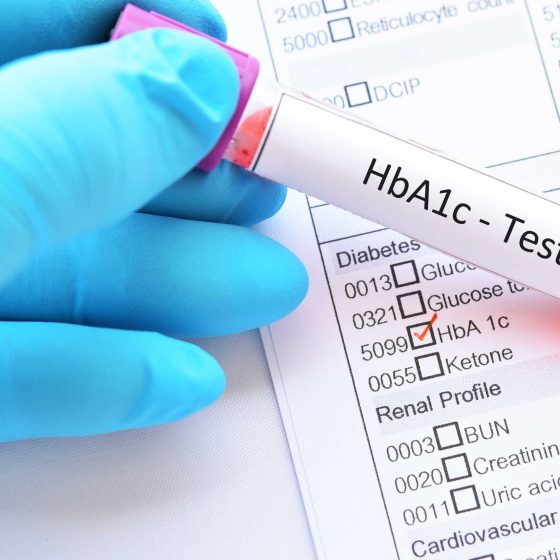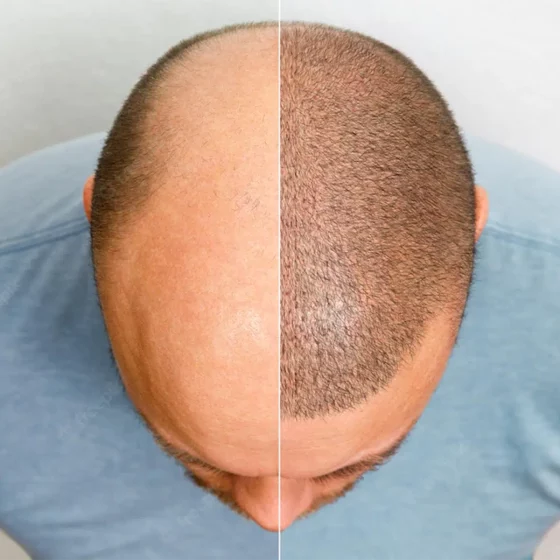Head injuries
What is a head injury? A head injury is a knock to the head. It can be mild, resulting in a small lump or bruise, or it can be more serious, leading to brain injuries such as concussion or bleeding on the brain. Head injuries can be serious even if you can’t see them. They can lead to permanent disability or impairment, or even death. More severe head injuries always need to be seen by a doctor. When should I call an ambulance or go to the emergency department? You should always keep a close eye on anyone who has had









